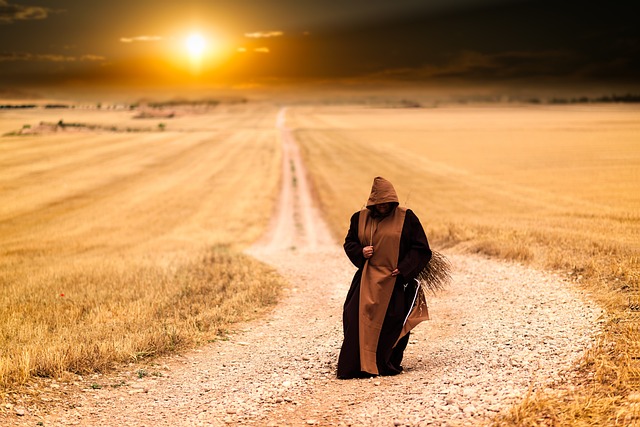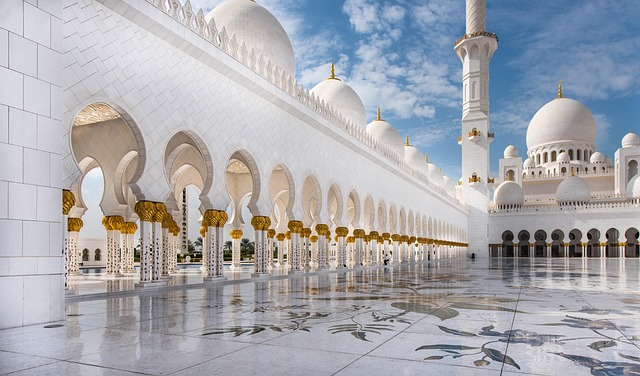The concept of pilgrimage resonates deeply across numerous religions and cultures, serving as a transformative journey that leads individuals toward spiritual awakening. Whether it’s the journey to Mecca for Muslims during Hajj, the Camino de Santiago for Christian pilgrims, or the Kumbh Mela for Hindus, each pilgrimage is a testament to the enduring human quest for meaning and connection with the divine.
At its core, a pilgrimage is not merely a physical journey; it’s a profound exploration of one’s beliefs and an opportunity for introspection. As pilgrims traverse sacred landscapes, they often find themselves confronting personal challenges and spiritual barriers. The act of walking or traveling to a sacred site compels them to reflect on their life path, fostering a sense of purpose and clarity. Each step taken becomes a meditative practice, allowing the mind to quiet and the soul to awaken.
Religion plays a pivotal role in the significance of a pilgrimage. For many, these journeys are steeped in centuries-old rituals and traditions that create a communal bond among participants. A sense of solidarity envelops the travelers, and stories are shared, weaving a rich tapestry of faith and experience. Participants find themselves united not just by their destination but by their shared purpose, reinforcing the idea that pilgrimage is a collective endeavor as much as it is an individual one.
While modernity has made travel more accessible, the essence of pilgrimage remains rooted in its ancient practices. The physical act of moving toward a holy site embodies the age-old yearning for connection, both with the divine and fellow seekers. Pilgrims often report profound shifts in perspective and understanding, recounting moments of revelation that occur during moments of solitude or while in the presence of fellow travelers.
Moreover, the spiritual significance of pilgrimage is often intensified by the places chosen for these sacred journeys. Mountains, rivers, and temples are imbued with centuries of faith and reverence. The very act of entering these spaces can provoke a visceral reaction—a feeling of awe or a deep sense of belonging. This sacred geography serves not only as a backdrop for personal transformation but also as a reminder of the collective history and traditions that shaped these locales over millennia.
As we explore the spiritual landscape of pilgrimage, it’s essential to acknowledge the unique motivations that inspire individuals to embark on these journeys. Some seek healing, others a sense of closure, while many are driven by the pursuit of enlightenment or a deeper connection to their faith. Regardless of the starting point, each journey unfolds in a deeply personal manner, as the individual grapples with their beliefs and experiences along the way.
The power of pilgrimage extends beyond religion; it resonates on a universal level. In today’s fast-paced, often chaotic world, the idea of setting aside time for self-reflection and spiritual growth is rejuvenating. Pilgrims return home not just with memories of landscapes and encounters, but with a renewed sense of self, a deeper understanding of their spiritual beliefs, and often a commitment to live more consciously and compassionately.
As we delve into our individual sacred journeys, let us honor the power of pilgrimage as a timeless practice that transcends boundaries. It invites us to step away from our daily routines, to seek out the sacred in our lives, and to embrace the possibility of transformation. In every mile walked, every story shared, and every moment of silence observed, pilgrimage invites us to explore not just the world around us but the world within.


